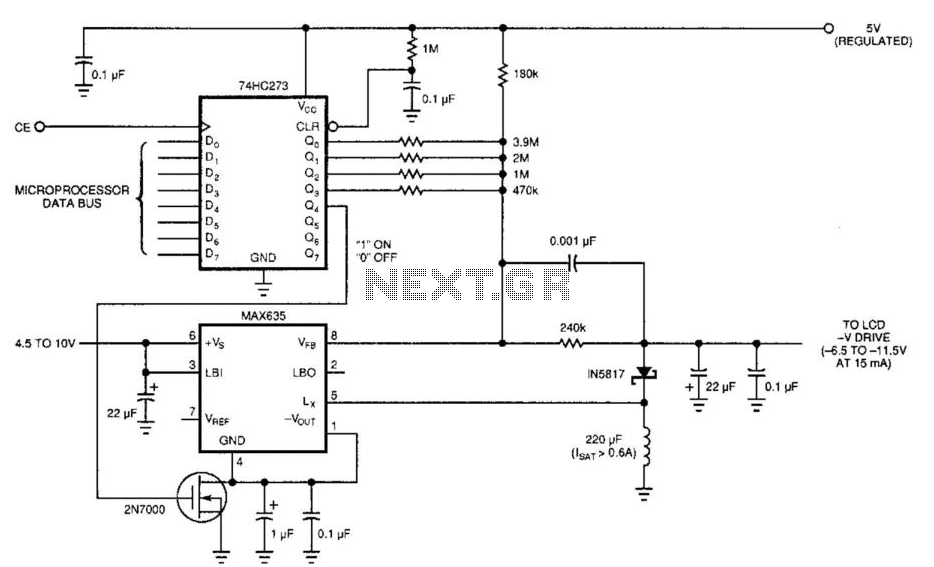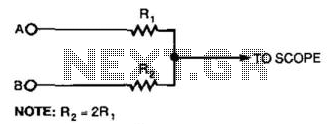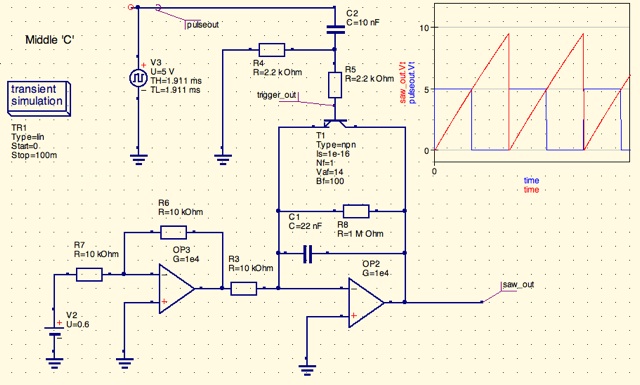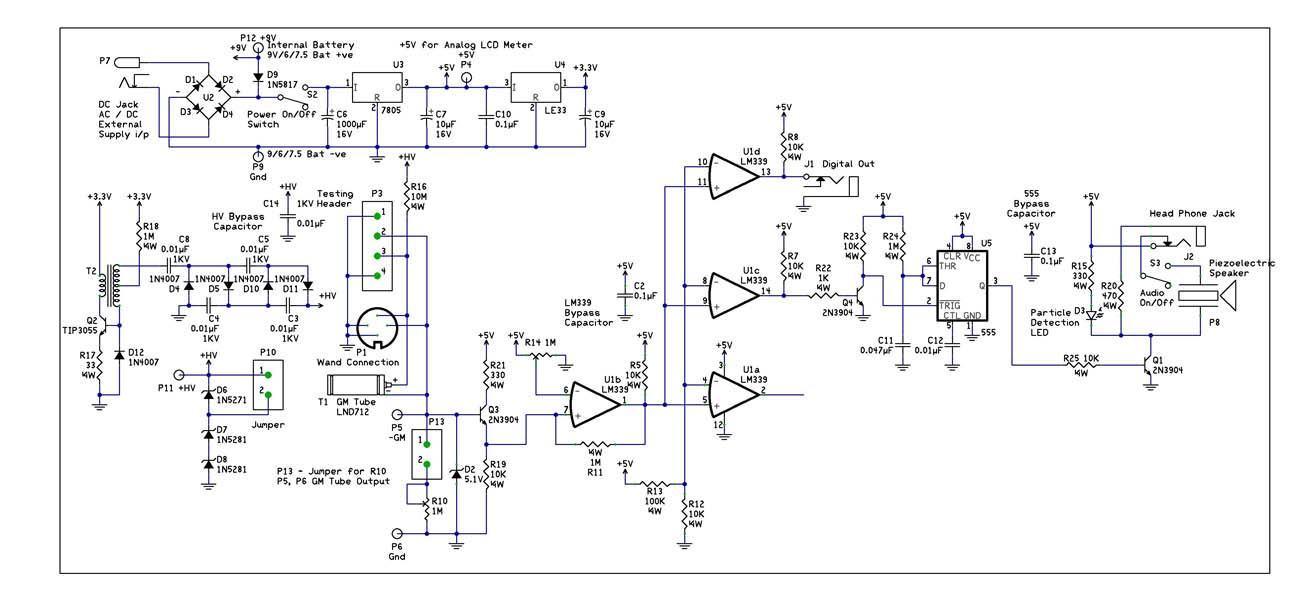
Counter display with led 7 segment by IC CMOS

This is a simple digital counter circuit utilizing the IC 4029 to process binary data, which is then sent to the IC 4513, a driver IC for a 7-segment display to show the output.
The digital counter circuit is designed using the 4029 binary counter integrated circuit, which counts in binary and can be configured to count up or down based on external control signals. The 4029 features a parallel load capability, allowing it to be preset with a specific value, making it versatile for various counting applications.
The output from the 4029 is fed into the 4513 integrated circuit, which serves as a BCD to 7-segment decoder/driver. The 4513 translates the binary coded decimal (BCD) output from the counter into the appropriate signals needed to illuminate the segments of a 7-segment display. The 7-segment display consists of seven individual LEDs arranged in a figure-eight pattern, which can represent numeric digits from 0 to 9.
In terms of circuit connections, the 4029’s output pins are connected to the input pins of the 4513, ensuring that the binary data is correctly interpreted. Control pins on the 4513, such as the enable and blanking inputs, can be utilized to manage the display output effectively, allowing for features like turning off the display or enabling it based on specific conditions.
Power supply connections for both ICs must be ensured, typically using a regulated +5V source. Proper decoupling capacitors should be placed near the power pins of both ICs to filter out noise and ensure stable operation.
Overall, this digital counter circuit can be applied in various applications such as timers, clocks, and scoreboards, providing a clear visual representation of the counted values through the 7-segment display.This is the simple digital counter circuit, the IC application number 4029 from binary data, and then sent to the IC number 4513, a driver IC 7 Segment, to show. 🔗 External reference
The digital counter circuit is designed using the 4029 binary counter integrated circuit, which counts in binary and can be configured to count up or down based on external control signals. The 4029 features a parallel load capability, allowing it to be preset with a specific value, making it versatile for various counting applications.
The output from the 4029 is fed into the 4513 integrated circuit, which serves as a BCD to 7-segment decoder/driver. The 4513 translates the binary coded decimal (BCD) output from the counter into the appropriate signals needed to illuminate the segments of a 7-segment display. The 7-segment display consists of seven individual LEDs arranged in a figure-eight pattern, which can represent numeric digits from 0 to 9.
In terms of circuit connections, the 4029’s output pins are connected to the input pins of the 4513, ensuring that the binary data is correctly interpreted. Control pins on the 4513, such as the enable and blanking inputs, can be utilized to manage the display output effectively, allowing for features like turning off the display or enabling it based on specific conditions.
Power supply connections for both ICs must be ensured, typically using a regulated +5V source. Proper decoupling capacitors should be placed near the power pins of both ICs to filter out noise and ensure stable operation.
Overall, this digital counter circuit can be applied in various applications such as timers, clocks, and scoreboards, providing a clear visual representation of the counted values through the 7-segment display.This is the simple digital counter circuit, the IC application number 4029 from binary data, and then sent to the IC number 4513, a driver IC 7 Segment, to show. 🔗 External reference





